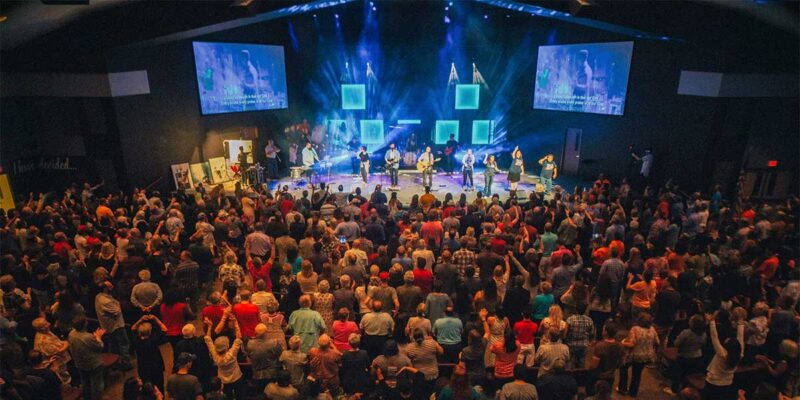Unusual Church AV is Now the Norm
Think you know the HOW market? Think again.
Audio, video and lighting are used in creative and unpredictable ways in churches of all sizes and venues. From church cafes to portable church setups in movie theatres to mega-sized megachurches — the use of AVL is everywhere. However, the church market’s embrace of AV for most houses of worship in North America has surfaced unique architectural and space limitations — forcing HOWs to find clever ways of rethinking AV.
Though there are more than 350,000 houses of worship in the U.S. alone, the vast majority of those are Protestant-affiliated. For the churches taking advantage of AV in significant ways (higher financial investments), the focus is on those with typical weekend attendance higher than 500. These are highlighted in a 17% growth trend, compared to most churches (that are in a slow decline or have been plateaued for decades).
Unusual AV is ideal for “mid-sized” church venues of 500-750 seats
Mid-sized church venues have always been a standard part of the church market. However, with the cost of mega-sized facilities that seat thousands in the tens or hundreds of millions of dollars, many mid-sized venues cost less. They can spread out among a broad set of communities to encourage active participation beyond weekend services.
However, because real estate is expensive, many churches repurpose other spaces never intended for a church venue and have constraints that limit the placement or size of AV technology. The photos below highlight several unusual but effective audio, video and lighting technologies with serious architectural hindrances.
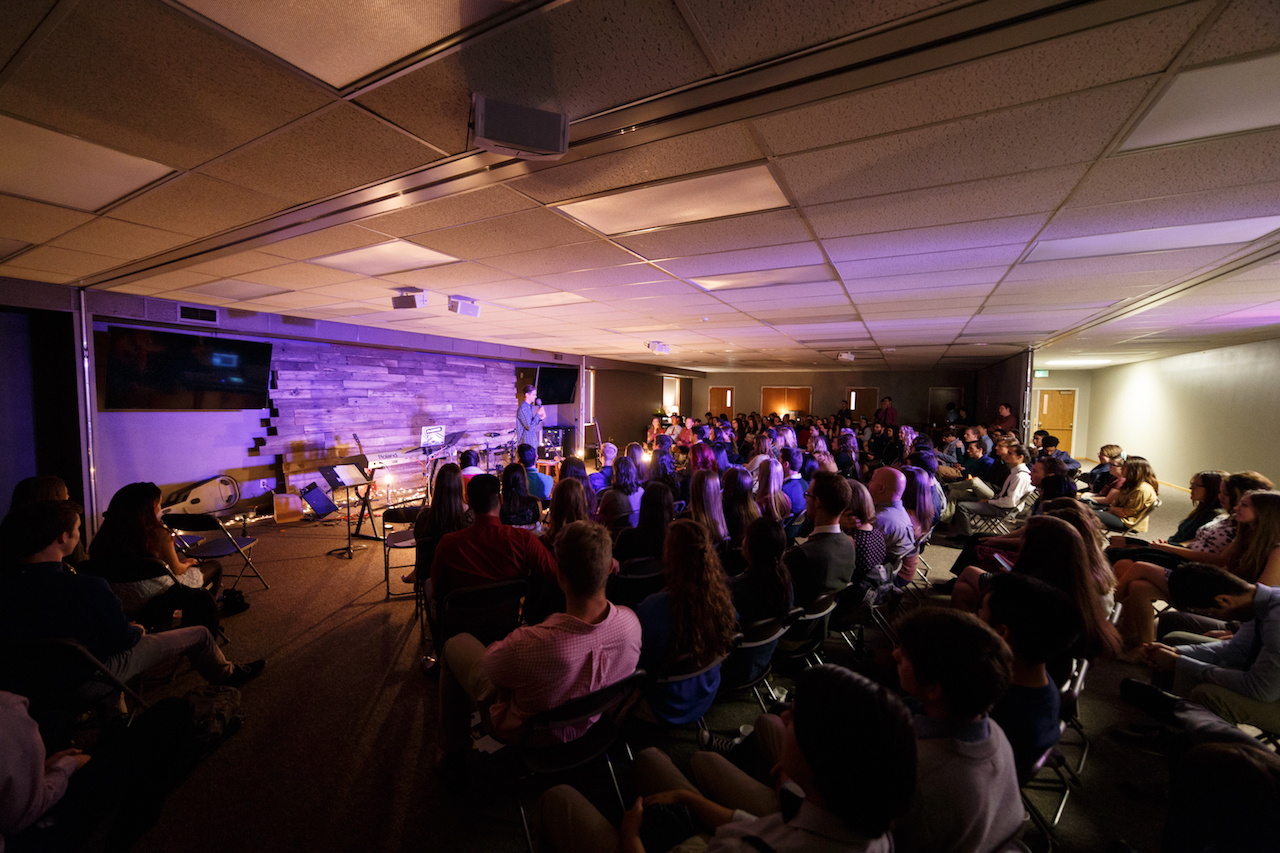

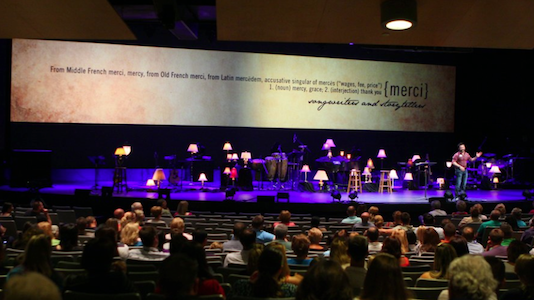
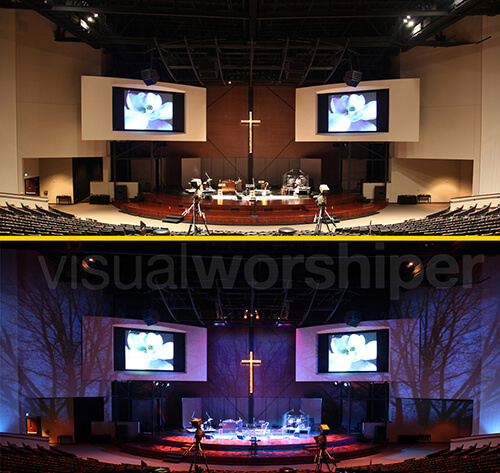
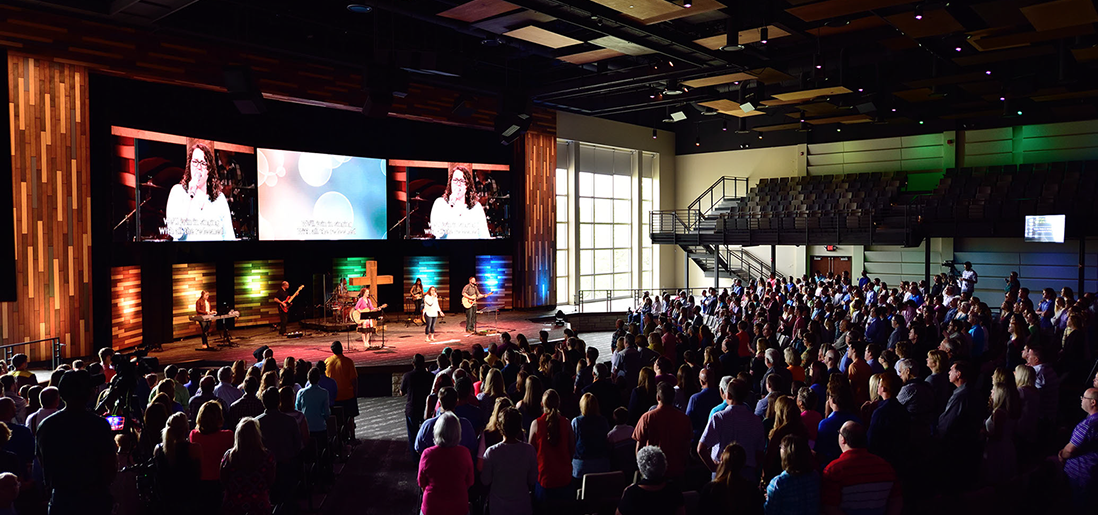
Low cost isn’t as important as good stewardship.
It turns out that AV budgets are not totally the problem in churches. Instead, the perception of good stewardship is the issue for those in charge of spending donated church funds. When the AV system price eventually comes up, it’s essential to help church buyers be good stewards of donated funds and sell them the value of meeting or exceeding their expectations. Let price be what it is: the summation of what it takes to create their desired outcome.
The HOW market, at the core, is looking for AV to solve problems or create new opportunities. Likewise, there are two main times churches will budget for significant AV spend: new construction/facilities or upgrading existing AV technology.
Generally speaking, entire system upgrades happen for three reasons in churches:
- New building program — this can be an expansion to an existing facility.
- Renovation of an existing building — upgrading systems at significant or major components often after failure.
- Expanding to a new satellite campus — due to the multi-campus church movement, which represents over half a billion dollars annually.
AVL Budgets for new buildings/renovations:
- 8% of the total budget allotted for a minimal AVL system
- 12-15% of the total budget for a comprehensive AVL system
- 20-22% of the total budget for a complex AVL system
For the systems integrators, let churches know you will help them to create a unified system and give them a clear upgrade path for growth. For manufacturers, wholesale replacements of crucial gear are a genuine once-in-a-decade chance to replace a competitor’s technology with your updated technology solutions. It is a good rule of thumb to apply 5-10% of the AVL system cost as yearly operations and maintenance.
To help church AV decision-makers reframe the discussion around price, remind them that the true cost of technology includes the purchase price, the expected lifespan of the equipment, the ongoing maintenance cost and the amortization/depreciation schedule. Instead of a sum-total itemized list, show the cost-per-service by dividing up the number of services per weekend multiplied by the number weekends (years) before the technology needs to be replaced and divide that number by the total system cost. The result? A cost-per-service that is fractional and affordable.
For example, a $50,000 product or AV system that can fit a church environment for five years at five services per week would be amortized at about $40 per service. Framed in a value proposition, this represents the cost (only $40 bucks per service!) a church would gladly spend each week to have its services operate smoothly.
Bringing it back to the inevitable talk about cost, start with the desired outcomes defined, and the system will have a value that is greater than the sum of the line item pricing.
Lead with the Unusual Opportunity
When listening to churches describe their AV challenges, lean into and lead with unusual opportunities to customize AV for their space without the custom price tag (remember the cost-per-service!). Churches are thinking out-of-the-box to solve their growth challenges, so present out-of-the-box (or, “what box?”) thinking to deliver impressive and unique AV technology for any venue.
The essence of a compelling product demo happens when the salesperson doesn’t lead with their product but leads the church buyer to their solution. Solving pain points, making operation more straightforward and consistent for staff and volunteers, and reframing the conversation from “adding AV” to “adding value” with the cost-per-service for their exact scenario.
It’s best to lead a church buyer to your solution than to lead with your product. It gives them the chance to identify their circumstances, their venue and their volunteers as those who benefit the most from reduced pain, better operational efficiencies and/or new opportunities to increase the effectiveness of your technology in their applications. Don’t sell your product; sell why you do what you do and how your solutions solve problems for their church.
What say you? Comment below.




